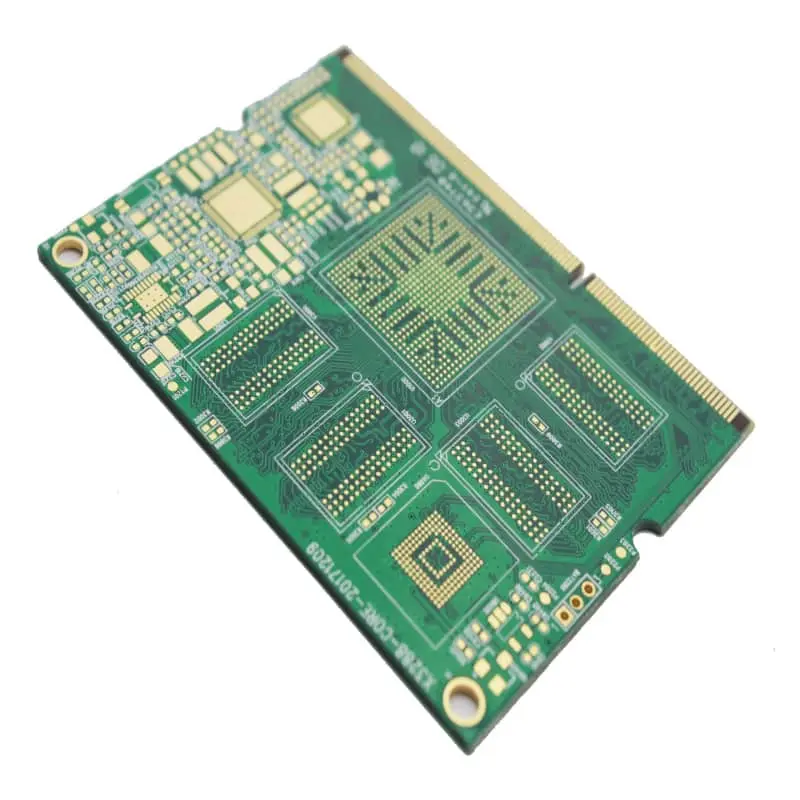PCB processing is a fundamental component of electronics production, including steps ranging from design to assembly. Each process is critical to assuring the product’s reliability and performance. Quality control techniques are consequently essential for maintaining high standards across the PCB manufacturing chain.
Understanding PCB Processing
The process consists of a series of refined stages. It begins with design and ends with the assembling of working circuit boards. It includes the design optimisation, material selection, manufacturing, and assembly processes. Adherence to strong quality control procedures is required at all stages to reduce risks and ensure the final product’s reliability.
1.Design for manufacturability (DFM)
Design for Manufacturability (DFM) is a vital principle in PCB processing that focuses on optimising designs to speed up manufacturing procedures. Manufacturers can decrease possible concerns such as manufacturing flaws and assembly challenges by including manufacturability in their designs early on. DFM procedures increase efficiency and cost-effectiveness while enhancing overall product quality.

2.Material Selection and Inspection.
Choosing the right materials is critical in processing PCBs to achieve the desired electrical and mechanical qualities. High-quality substrates, copper foils, and solder masks are chosen depending on design specifications and environmental concerns. Rigorous material inspection ensures that only components that satisfy high criteria are used, reducing the chance of failure due to poor materials.
3.Process Control and Monitoring.
Effective process management and monitoring are critical for ensuring consistency and dependability throughout PCB production. From etching and drilling to soldering and assembly, precise control parameters and real-time monitoring systems ensure that each manufacturing step adheres to predetermined specifications. Continuous process improvement initiatives boost efficiency and product quality.
4.Testing and validation.
Before PCBs are released to the market, comprehensive testing and validation procedures are performed to ensure their functioning and reliability. In-circuit testing (ICT), automated optical inspection (AOI), and functional testing are used to discover faults such as shorts, opens, and component misplacement. These tests confirm that the PCBs adhere to the design parameters and work reliably under operational conditions.
5.Compliance with Standards and Regulations.
Adherence to industry standards and regulatory regulations is essential in processing PCBs. Standards such as IPC-A-600 for PCB acceptance criteria and IPC-6012 for performance specifications define quality benchmarks and production procedures. Compliance ensures consistent product quality, facilitates interchange, and builds consumer trust in PCB reliability.
6.Continuous Improvement and Quality Assurance.
Continuous improvement activities drive continuing improvements to PCB processing capabilities and product quality. Implementing feedback loops, conducting root cause analysis, and using modern manufacturing technology help to improve processes and reduce variability. Robust quality assurance practices establish a culture of excellence, encouraging innovation and meeting changing consumer expectations.
Conclusion
PCB processing is a comprehensive discipline essential for producing reliable electronic components. Manufacturers maintain high levels of product integrity and performance by prioritising quality control procedures throughout the design, manufacturing, and testing processes. Continuous refinement and conformity with industry standards ensure that PCBs satisfy the needs of a wide range of applications, from consumer electronics to aerospace systems. With meticulous attention to detail and a dedication to excellence, PCB manufacturing is critical to fostering technical innovation and industry success.















